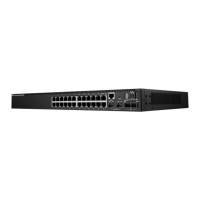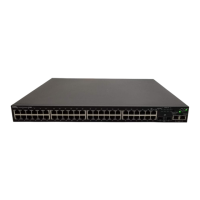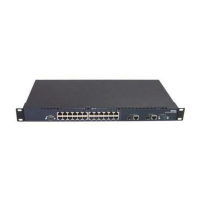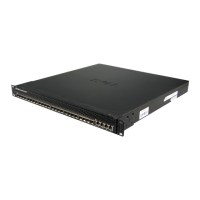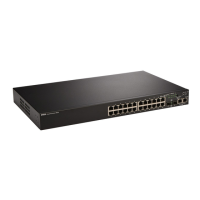98 Device Security
For authenticating users prior to access, the RADIUS standard has become the protocol of choice by
administrators of large accessible networks. To accomplish the authentication in a secure manner, the
RADIUS client and RADIUS server must both be configured with the same shared password or “secret”.
This “secret” is used to generate one-way encrypted authenticators that are present in all RADIUS
packets. The “secret” is never transmitted over the network.
RADIUS conforms to a secure communications client/server model using UDP as a transport protocol. It
is extremely flexible, supporting a variety of methods to authenticate and statistically track users.
RADIUS is also extensible, allowing for new methods of authentication to be added without disrupting
existing functionality.
As a user attempts to connect to a functioning RADIUS supported network, a device referred to as the
Network Access Server (NAS) or switch/router first detects the contact. The NAS or user-login interface
then prompts the user for a name and password. The NAS encrypts the supplied information and a
RADIUS client transports the request to a pre-configured RADIUS server. The server can authenticate
the user itself, or make use of a back-end device to ascertain authenticity. In either case a response may or
may not be forthcoming to the client. If the server accepts the user, it returns a positive result with
attributes containing configuration information. If the server rejects the user, it returns a negative result.
If the server rejects the client or the shared “secrets” differ, the server returns no result. If the server
requires additional verification from the user, it returns a challenge, and the request process begins again.
RADIUS Configuration Examples
This section contains examples of commands used to configure RADIUS settings on the switch.
Example #1: Basic RADIUS Server Configuration
This example configures two RADIUS servers at 10.10.10.10 and 11.11.11.11. Each server has a unique
shared secret key. The shared secrets are configured to be
secret1
and
secret2
respectively. The server at
10.10.10.10 is configured as the primary server. The process creates a new authentication list, called
radiusList, which uses RADIUS as the primary authentication method, and local authentication as a
backup method in the event that the RADIUS server cannot be contacted.
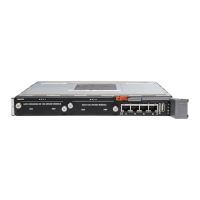
